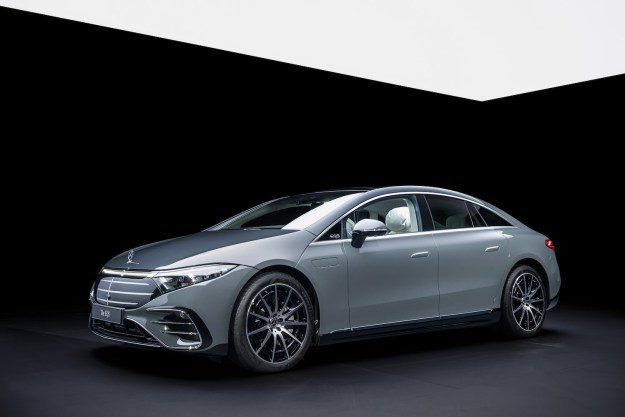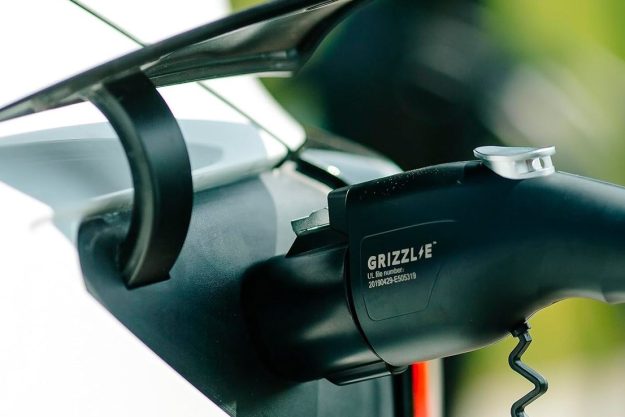
As the race got underway May 28, all eyes were on Fernando Alonso, the two-time F1 champion and current McLaren driver who skipped the Monaco Grand Prix to race at Indy. But it was Takuma Sato who took the checkered flag after a drama-filled race. Sato is the first Japanese driver to win the Indy 500.
Sato started the race in fourth place but dropped far back in the field after a botched pit stop. After a five-car crash on Lap 179 (of 200) condensed the field, Sato was running second behind Max Chilton, with three-time Indy 500 winner Helio Castroneves in third. The race became a sprint to the finish, with Castroneves taking the lead, and Sato making a gutsy outside pass with just five laps to go. He held the lead for the remains laps, beating Castroneves by two-tenths of a second.
“I won! I won the best race in the world! Unbelievable feeling. I cannot thank this whole team [enough],” Sato said in a post-race statement.
Sato’s victory salvaged what would have been an embarrassing race for both the Marco Andretti team and Honda. Andretti dominated most of the race, with four drivers including Sato and Alonso, running up front much of the time. Nearly all of the cars at the front of the field had Honda engines, as the Japanese manufacturer had shown a speed advantage over rival Chevrolet in pre-race qualifying sessions.
But late-race reliability issues made victory seem like less of a sure thing. Ryan Hunter-Reay’s car ground to a halt with engine issues, followed by Alonso’s, the latter with just 21 laps to go. It was a familiar situation for Alonso, who has expressed frustration with the underperforming Honda powertrain in his McLaren F1 car, a fact that generated plenty of snarky comments on social media.
“Obviously, I’m disappointed not to finish the race, because every race you compete, you want to be at the checkered flag,” Alonso said in a statement. “Today, it was not possible. But it was a great experience, the last two weeks.”
Scott Dixon, who started the race on pole, was taken out in Lap 53 in a spectacular crash. Jay Howard ran into the wall, collecting Dixon as he bounced back onto the middle of the track. Dixon’s car became airborne, getting so much air that Castroneves was able to drive underneath it. The car struck a barrier and was ripped apart, but Dixon climbed out and walked away. The Kiwi driver is expected to appear at the IndyCar race in Detroit next weekend, with a new car, according to Racer.


